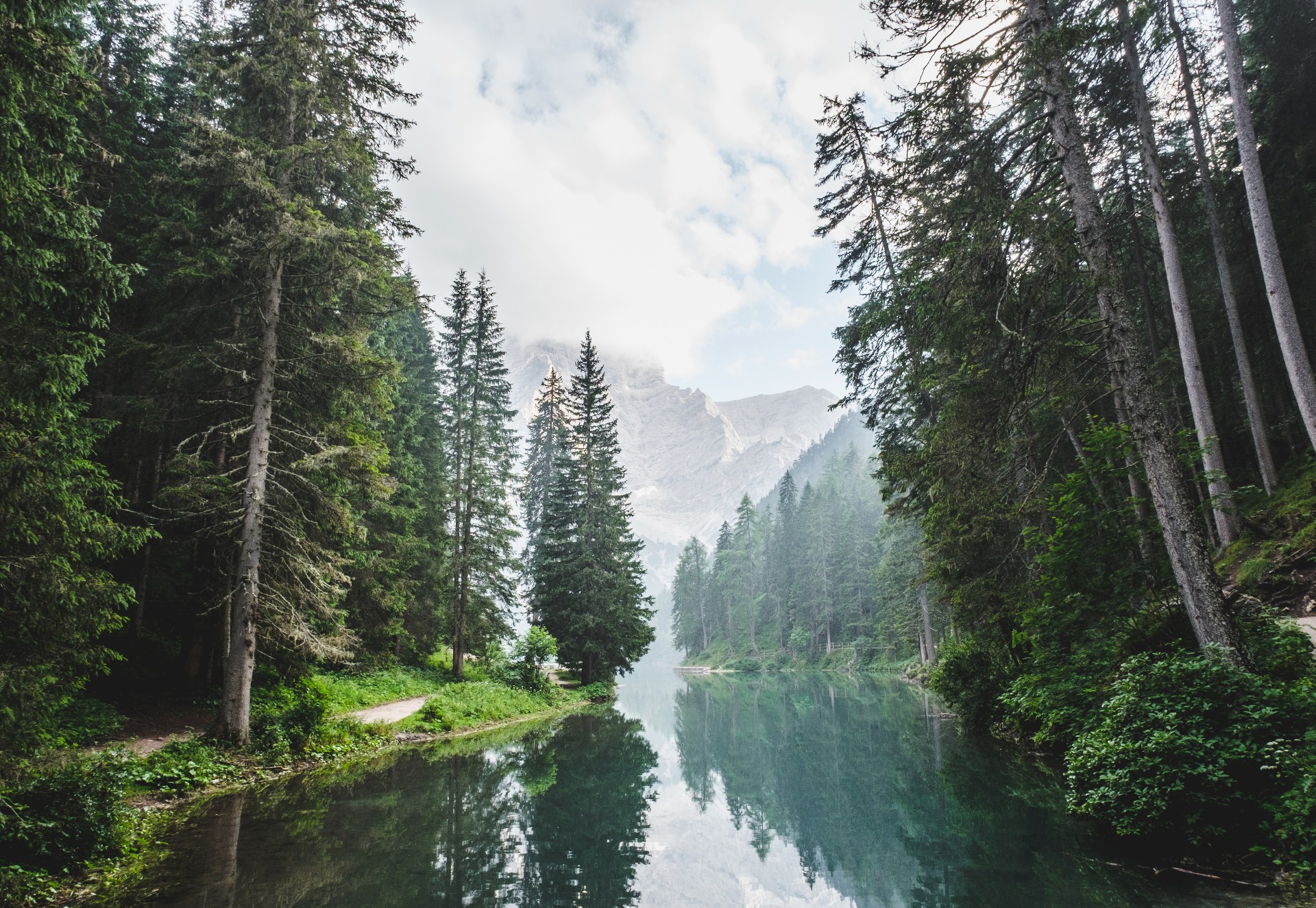Types of volcano
There are three different types of volcanoes:
- Active: eruptions can be anytime and often.

- Dormant: it has been a while since its last eruption (centuries or even millennia) although it maintains some activity (hot springs ...), but it could happen at any time.

- Extinct: it hasn't erupted in a very long, long time (at least 25.000 years ago) so it probably won't erupt ever again.

________________________________________________________
Depending on the type of magma, different types of eruptions will occur and that will give different shapes to the volcanoes:

Shield Volcano - flat
Shield volcanoes are volcanoes shaped like a bowl or shield in the middle with long gentle slopes made by basaltic lava flows. Basalt lava flows from these volcanoes are called flood basalts.
They are formed in places where lava is not very dense and the eruptions are not very violent.
Examples include the volcanoes in Hawaii.

Composite or Strato volcano - tall and thin
If the magma is thick and sticky (like honey), the gas cannot escape, so it builds up and up until it explodes sending out huge clouds of burning rock and gas.
Composite volcanoes are steep-sided volcanoes composed of many layers of volcanic rocks, usually made from thick sticky lava, ash and rock debris (broken pieces).
Composite volcanoes are also known as strato-volcanoes.
Examples include Mount Fuji in Japan and Mt. Etna in Italy.

Cinder cones
They are formed in places where the eruptions are explosive with an abundance of pyroclastic material (bombs, lapilli, ash ...).
Cinder cones are circular or oval cones made up of small fragments of lava from a single vent that have been blown into the air, cooled and fallen around the vent.
Examples include Kostal Cone in Canada and the Hverfjall in Iceland.


Lava domes
Lava domes are formed when erupting lava is too thick to flow and makes a steep-sided mound as the lava piles up near the volcanic vent.
Examples include Mount Merapi in Indonesia and Novarupa in Alaska (USA).




